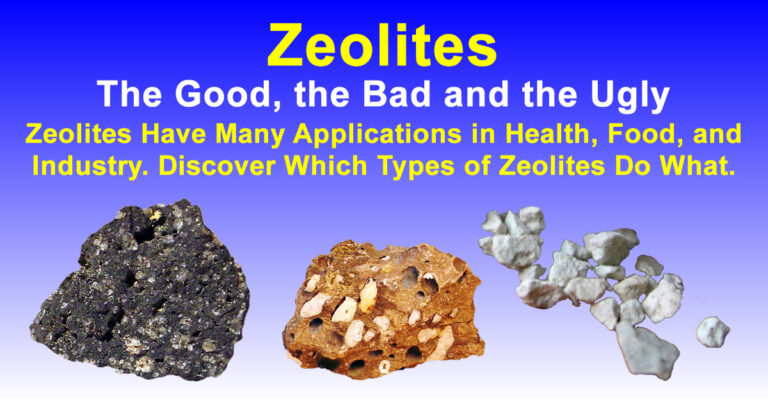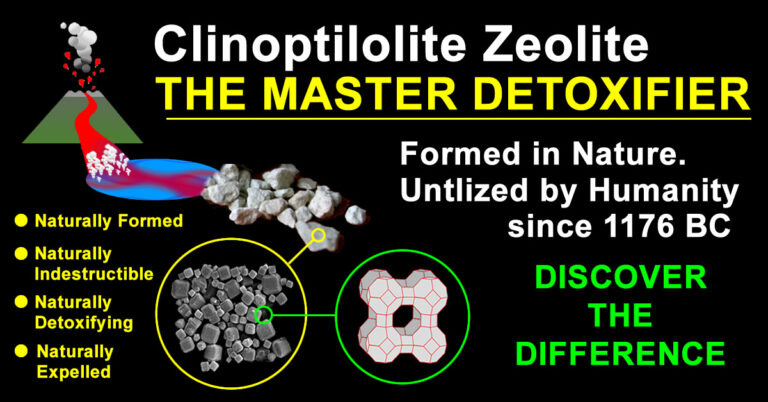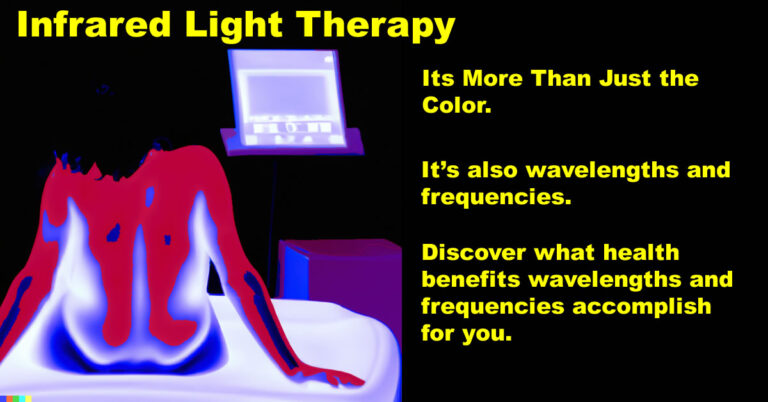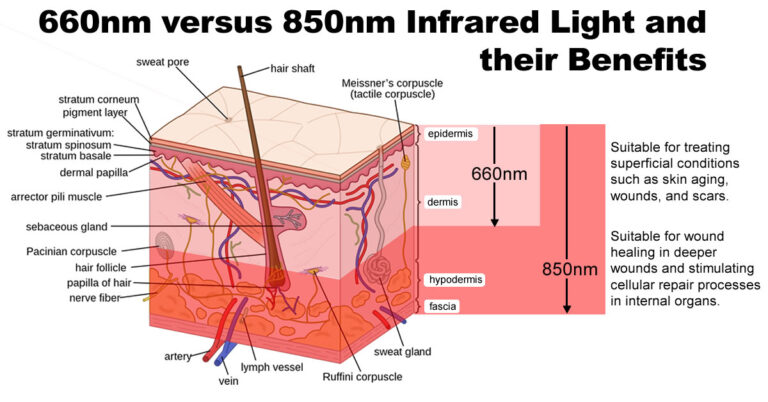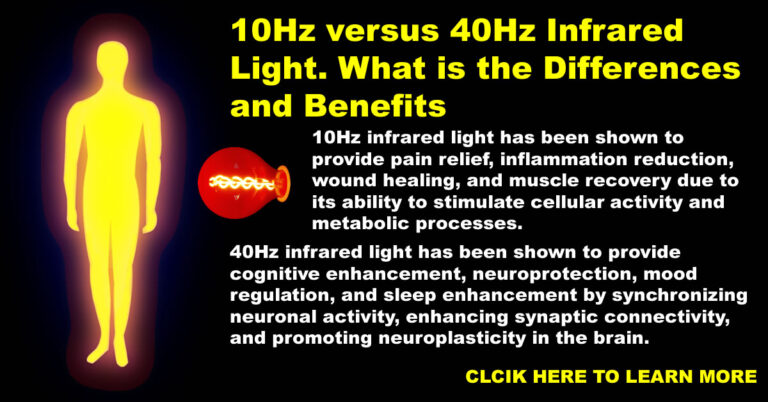Nightshade Vegetables: Loved, Yet Hated By Healthcare, Why?
Nightshade vegetables belong to the Solanaceae family and include commonly consumed plants like tomatoes, potatoes, eggplants, and bell peppers. Despite the name, these vegetables are a diverse group with various shapes, sizes, and flavors. However, one intriguing aspect of nightshade vegetables is their nicotine content.
READ MORE



